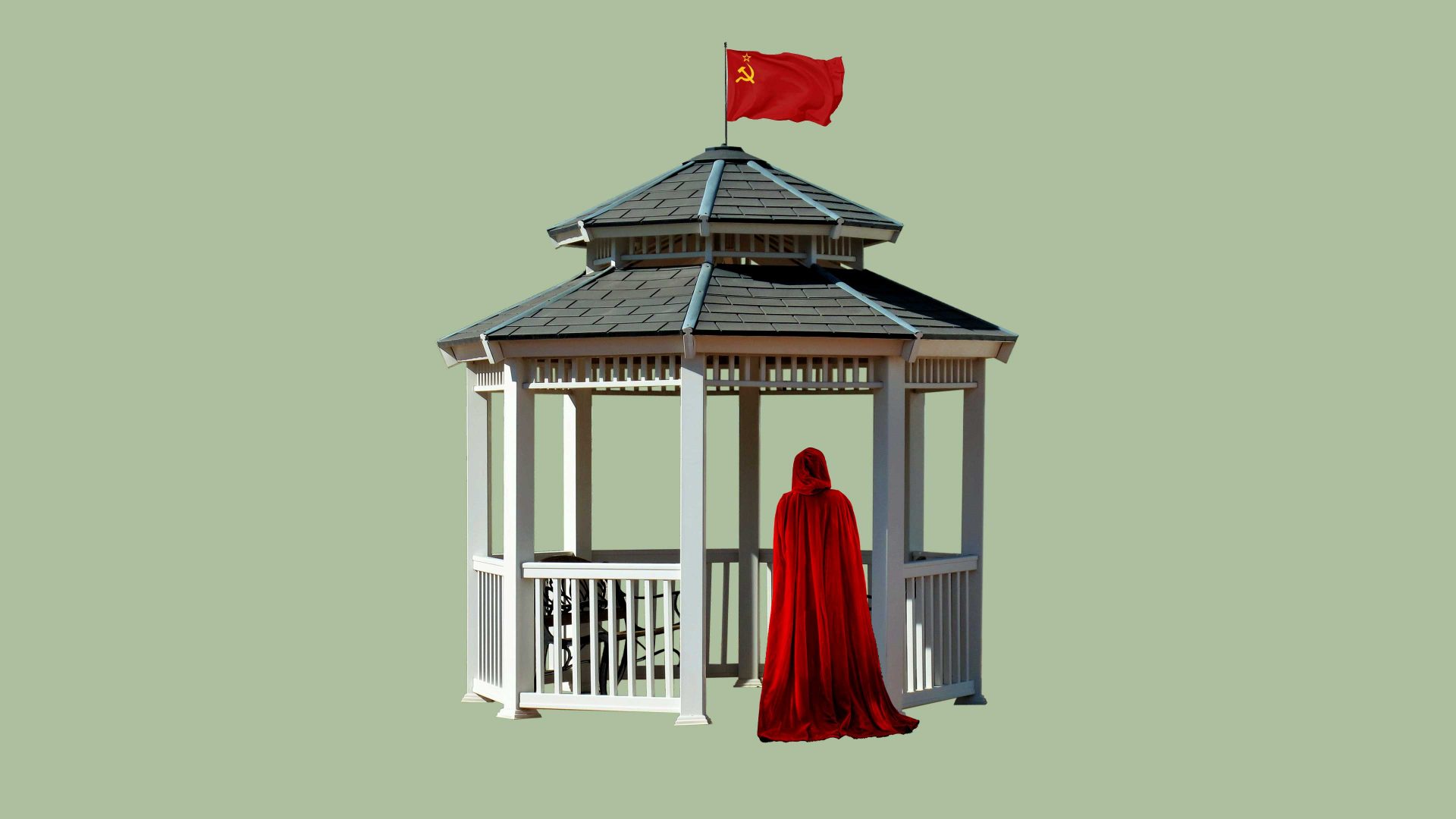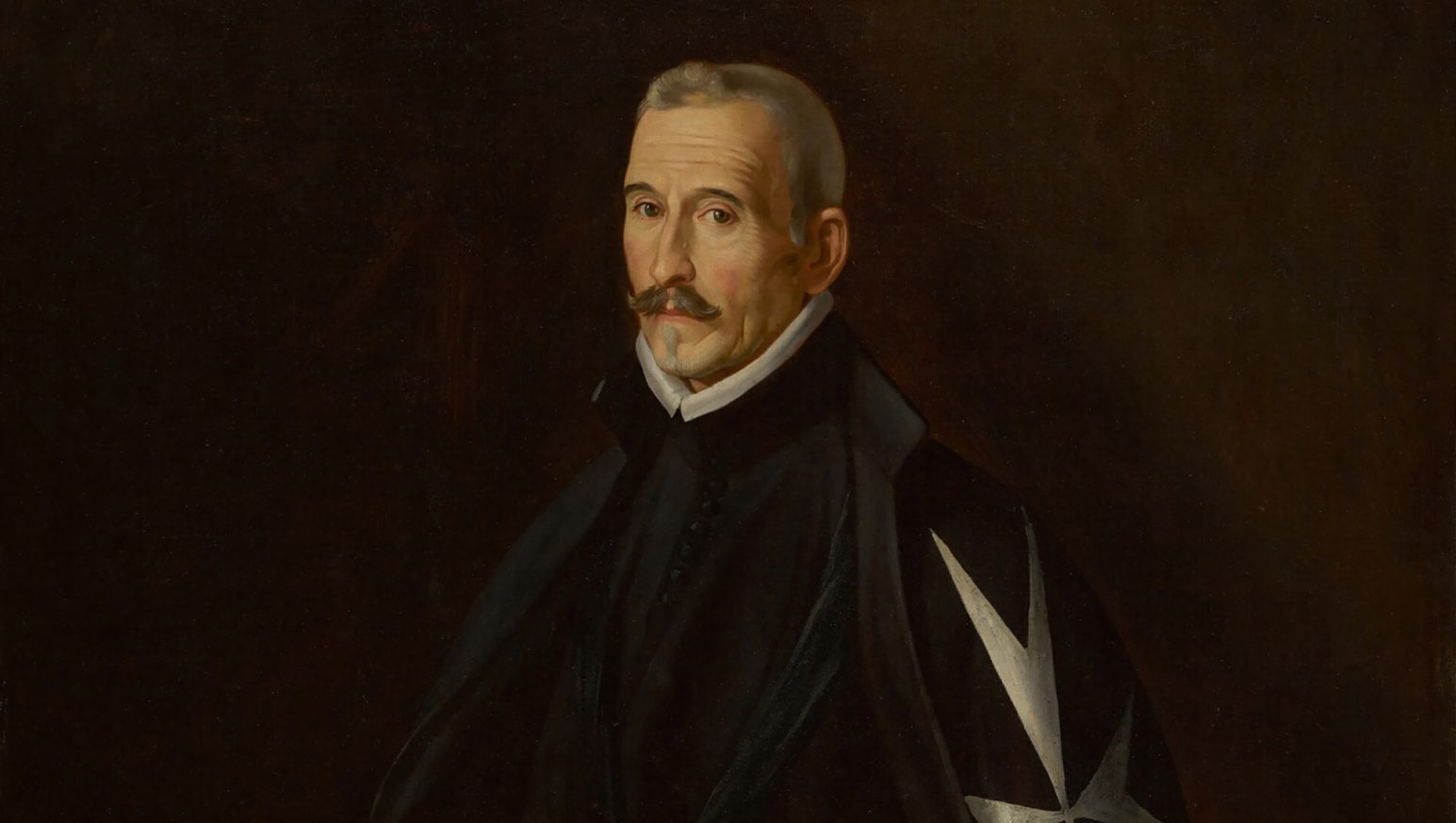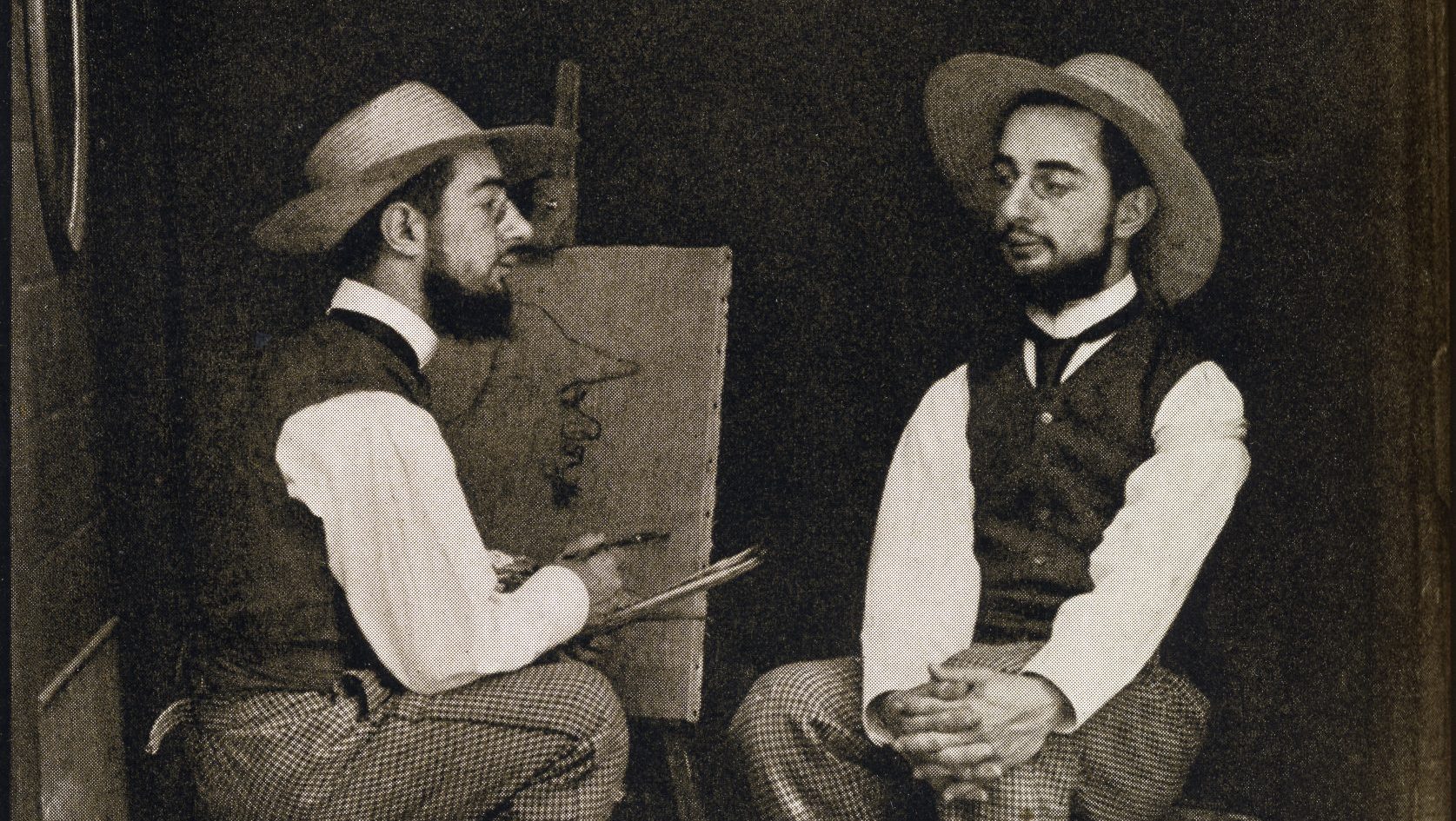I’ve just read Mother Tongue by Dr Jenni Nuttall, a great book on the history of women’s words in the English language. Many of its insights chime with my own studies into female words and phrases in languages around the world.
For example, the word “girl” was originally used to describe all children, male or female, and doesn’t unambiguously refer to female youths until the 1530s.
In the 16th and 17th centuries, young women were often called “girls” when they were being unruly, unconventional, or rebellious.
Throughout its history, the word “hysterical” has also been used to dismiss women as emotional and lacking in reason. It is also lopsided in having no male equivalent, which is why, Nuttall helpfully suggests, we might make use of “testerical” (driven by testes/testosterone).
In the 14th century, ovaries were occasionally known as moder ballokes stones, or “mother bollocks stones”. Mid-16th-century physician Thomas Raynalde described the cervix as a “kernelly snout” and the vagina as “the privy passage”. And in a medieval textbook on uroscopy by the friar Henry Daniel, the vulva is referred to as “the womb-gate”. A medieval nickname for the clitoris was “the hayward of corpse’s dale”.
Menstruation was, for a brief period in time, referred to as “lunations”. And the medieval text The Trotula referred to it in terms of flourys (flowers), which could give us phrases like “I’m on my flowers” or, even better, “It’s flower time!”
But menstruation is spoken about euphemistically not just in English, so here is a list illustrating such phrases from various European languages…
- It’s lingonberry week (Swedish)
- The English have landed (French)
- The Russians have arrived (Greek)
- Garibaldi is coming (Italian)
- There are communists in the funhouse (Danish).
In Beowulf, pregnant women are described as bearn-eacen, a compound which the Dictionary of Old English defines as “big with child”, but which could be reconceived (with a bit of creative license) by rendering it as “child-flourished”, or “child-mighty”. Again, there are numerous expressions for being with child from European languages, including the following…
- Rearing tiny bones (Welsh)
- To be two-souled (Georgian)
- To have a marionette in the drawer (French)
- To have a roast in the oven (German)
- Carrying a burden (Russian)
Another (blunt) German word for being pregnant is Kugelgrippe, meaning “pot-belly-flu”. There’s an even blunter expression in Spanish (which usually refers to someone putting on weight in general, but I’ve occasionally heard it used in reference to pregnancy, too) that means “to become like a ham”.
Most of the synonyms for caring for and nursing a child, such as tending and cherishing, still survive today. Sadly one word which isn’t used so much any more is “nursle”. And speaking of children, there is a lovely Swedish word, maskrosbarn, which means “dandelion child”. Dandelions can survive in almost any conditions, even growing through tarmac, so a “dandelion child” is one that turns out well despite having a difficult childhood.
And while we’re on the subject of small children, let’s end with a list of words (and their meanings) for a naughty child in other languages…
- Kauhukakara (Finnish) = horror brat
- Petit morveux (French) = little snot
- Κωλόπαιδο (Greek) = arse kid
- 搗蛋鬼 (Mandarin) = egg-smashing ghost
- Satansbraten (German) = roast prepared by Satan
Adam Sharp is the author of The Wheel is Spinning but the Hamster is Dead: A Journey Around the World in Idioms, Proverbs and General Nonsense (out on September 28). Peter Trudgill is on sabbatical



